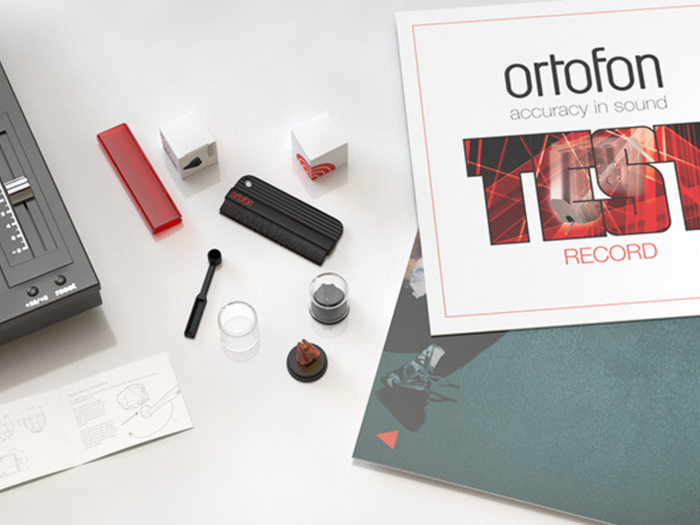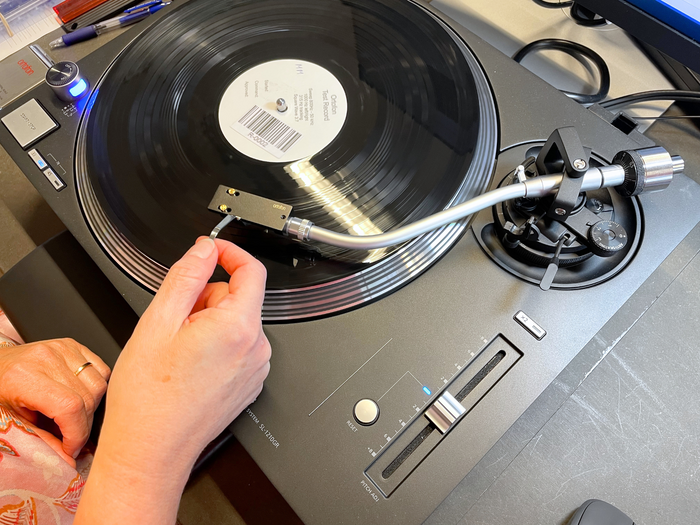Ortofon test chain
measurement
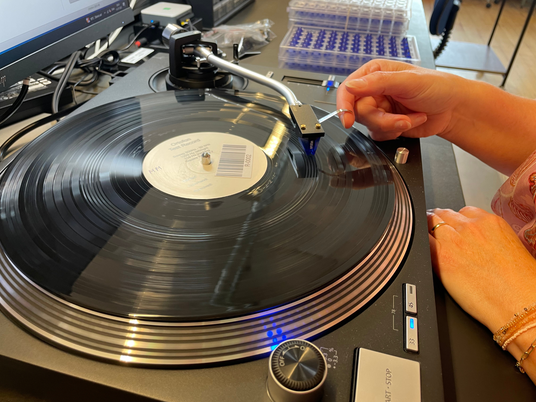
A PC-based test system
Accurate and reliable
measurements

Steps through the chain
The Ortofon
measuring chain
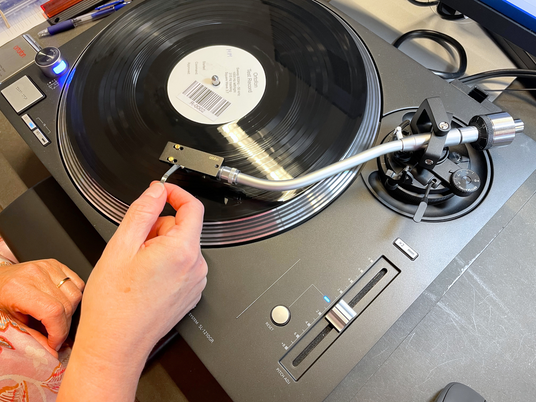
Amplification

Switchable RIAA-EQ
Ensuring accurate
meassuremtents
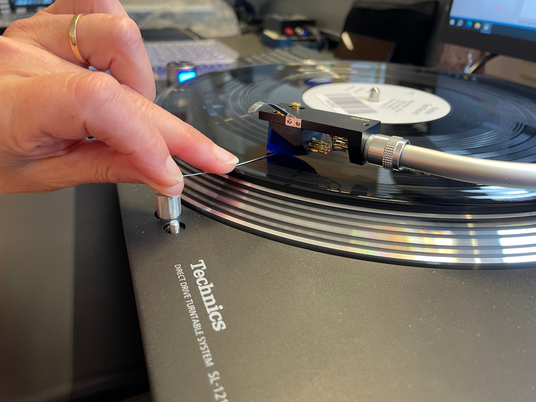
Storing data
Three sequences of
the measurement test
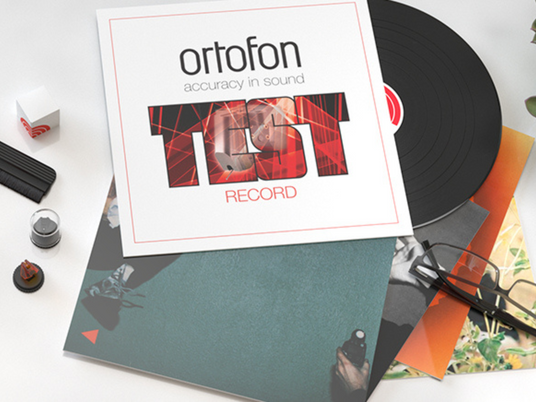
1. Testing sensitivity
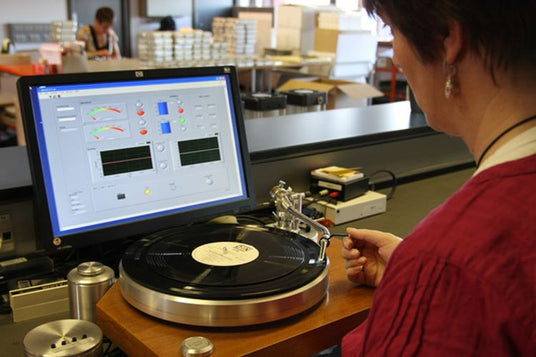
2. Testing tracking

3. Testing frequency response
Test equipment
applied by Ortofon


